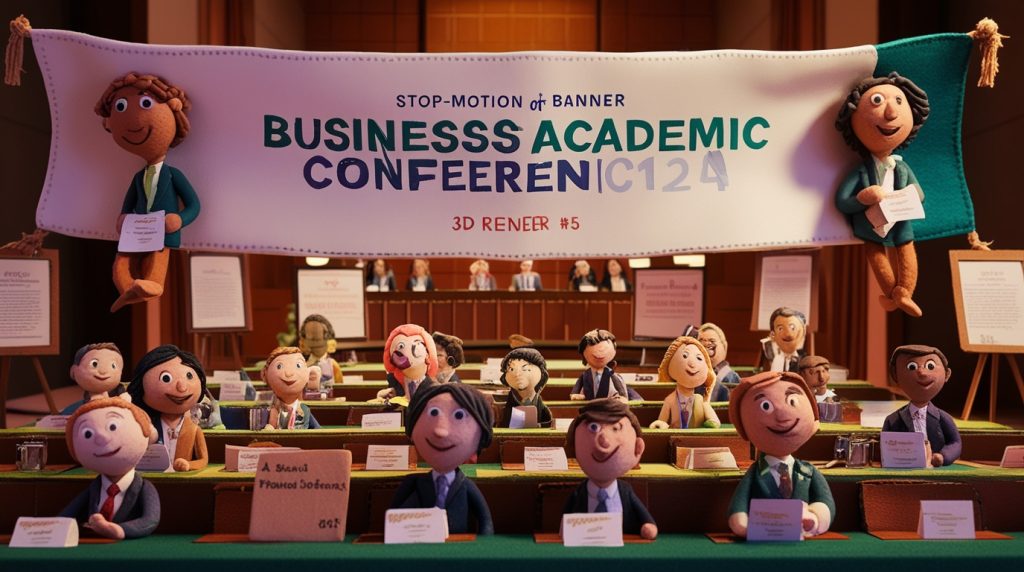In the fast-changing world of college athletics, conference realignment has become one of the most disruptive forces of the 21st century. What began as occasional reshuffling of teams seeking better competition has evolved into a billion-dollar strategic play — driven by media rights, brand exposure, and institutional survival.
From the Pac-12’s collapse to the Big Ten and SEC’s expansion, realignment isn’t just a sports story — it’s a story about power, money, and the future of education. But what exactly is conference realignment, and why does it matter more than ever?
What Is Conference Realignment?
Conference realignment refers to the process where college athletic programs change their conference affiliations. Universities do this to seek better financial deals, more competitive balance, or increased exposure through larger television markets.
Key Reasons for Realignment
- Television and Media Rights: The biggest driver. Major networks like ESPN and Fox Sports offer lucrative contracts to conferences with marquee programs.
- Revenue Sharing: Larger conferences often promise bigger payouts to their member schools.
- Recruiting Advantages: Schools want access to stronger regions for recruiting top athletes.
- Stability and Prestige: Joining a powerhouse like the Big Ten or SEC brings long-term institutional benefits.
Example: When Texas and Oklahoma announced their move from the Big 12 to the SEC, the decision was influenced by projected increases of over $30 million per year in media rights revenue.
Historical Context: How Conference Realignment Began
Conference realignment isn’t new. It dates back to the early NCAA era, but the pace accelerated dramatically in the 2010s.
- 2010–2014: Schools like Nebraska (to Big Ten) and Colorado (to Pac-12) triggered a domino effect.
- 2021–2024: The era-defining moves of Oklahoma, Texas, USC, and UCLA reshaped college football’s power map.
- 2025 and beyond: The trend continues, with discussions around further expansion and even superconferences dominating headlines.
This timeline shows how tradition gave way to transformation, as financial sustainability overtook geographic loyalty.
The Business Behind Conference Realignment
1. The Media Rights Explosion
Broadcast and streaming rights have become the lifeblood of college sports. Conferences negotiate multi-billion-dollar deals with networks and platforms, such as:
- SEC + ESPN partnership worth over $3 billion
- Big Ten’s $7 billion deal with Fox, CBS, and NBC
Each new alignment is carefully crafted to maximize national visibility and ad revenue.
2. Institutional Strategy and Branding
Universities no longer see conferences purely as athletic homes. They view them as strategic brand partnerships that enhance:
- Academic collaboration
- Alumni engagement
- Fundraising potential
For instance, joining the Big Ten often means aligning with prestigious research institutions, offering academic synergy beyond sports.
Winners and Losers in the Realignment Era
Winners
- Power Conferences (SEC, Big Ten): They gain top-tier programs, enhancing both competitiveness and profit.
- Media Networks: More marquee matchups mean higher ad revenues and subscriber growth.
- Top Programs: Schools like Texas, USC, and Oregon benefit from better exposure and recruiting reach.
Losers
- Smaller Conferences: The Pac-12’s decline illustrates how vulnerable regional alliances are.
- Student-Athletes: Increased travel and disrupted rivalries can impact academic balance.
- Fans: Traditional matchups like Texas vs. Texas A&M or USC vs. Stanford have become casualties of corporate strategy.
The Future of Conference Realignment
1. The Rise of “Superconferences”
Analysts predict a future where two or three “superconferences” dominate — possibly leading to a breakaway from the NCAA’s traditional model.
2. Streaming’s Role
Platforms like Apple TV+, Amazon Prime, and Peacock are aggressively bidding for broadcasting rights, offering global exposure and customized fan experiences.
3. Data-Driven Scheduling
AI analytics now help conferences evaluate travel costs, fan engagement, and broadcast optimization before realignment decisions — a trend likely to grow.
Impact on College Sports Culture
While financial motives dominate, cultural identity remains central to fan loyalty. Many alumni see their conference as a reflection of tradition and values. The loss of historic rivalries raises a vital question: At what cost does progress come?
Universities and conference boards are now seeking ways to balance commercial success with legacy preservation, such as scheduling non-conference rivalry games or establishing digital nostalgia campaigns.
Conference Realignment and Academic Collaboration
An underexplored benefit of realignment is academic cooperation. Schools within major conferences often form research alliances, student exchange programs, and joint grants.
For example:
- The Big Ten Academic Alliance generates millions annually through shared research initiatives.
- New conference alignments can foster partnerships across technology, health, and engineering fields.
Thus, conference realignment isn’t purely athletic — it’s an academic opportunity multiplier.
FAQs About Conference Realignment
1. What triggers conference realignment?
Mostly money and media exposure. Universities seek better television contracts, recruiting advantages, and stability.
2. How often does realignment happen?
It tends to occur in waves, often every decade or following major TV contract renewals.
3. Will college football become dominated by two conferences?
Experts predict a future dominated by the SEC and Big Ten, with others potentially merging or dissolving.
4. What happens to smaller schools during realignment?
They may lose exposure, funding, or recruiting advantages — sometimes forcing them to drop to lower divisions.
5. How do student-athletes feel about realignment?
Mixed reactions — while facilities and exposure improve, travel demands and academic pressures often increase.
6. Does realignment affect all sports equally?
No. Football and basketball drive most realignment decisions, while other sports adapt to logistical changes.
7. How can fans stay updated on conference changes?
Platforms like Conferences Daily offer the latest updates on realignments, schedules, and insider analysis.
Conclusion: The New Era of Strategic Realignment
Conference realignment marks a turning point in the history of college sports — where athletic tradition intersects with global economics and digital media. It’s not just about who plays where, but about how universities compete, collaborate, and sustain themselves in an evolving educational landscape.
As schools chase visibility and financial security, one thing is clear: the map of college sports will never look the same again.
👉 Stay ahead of every major realignment update — join Conferences Daily to access exclusive news, trends, and expert insights.















